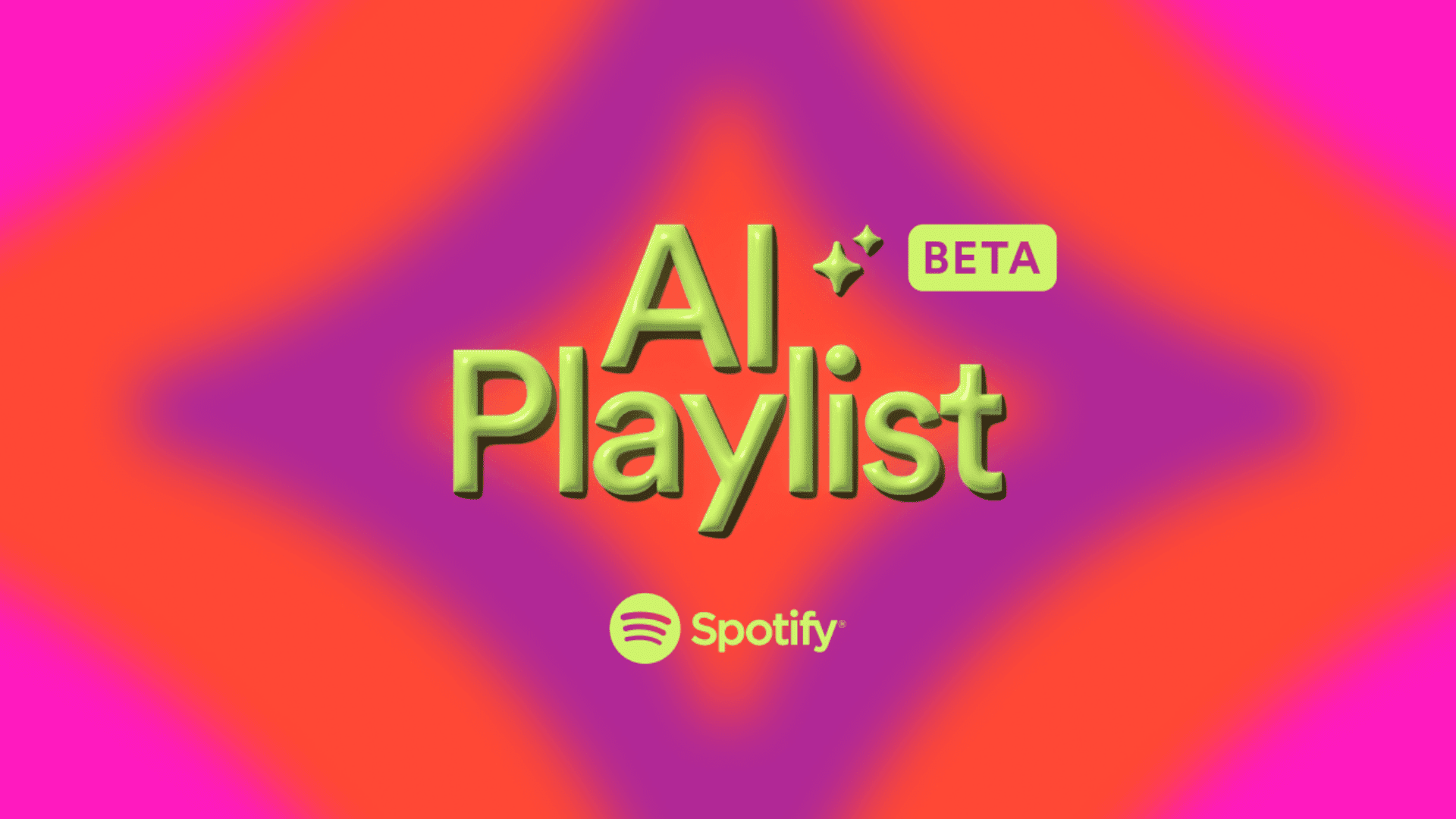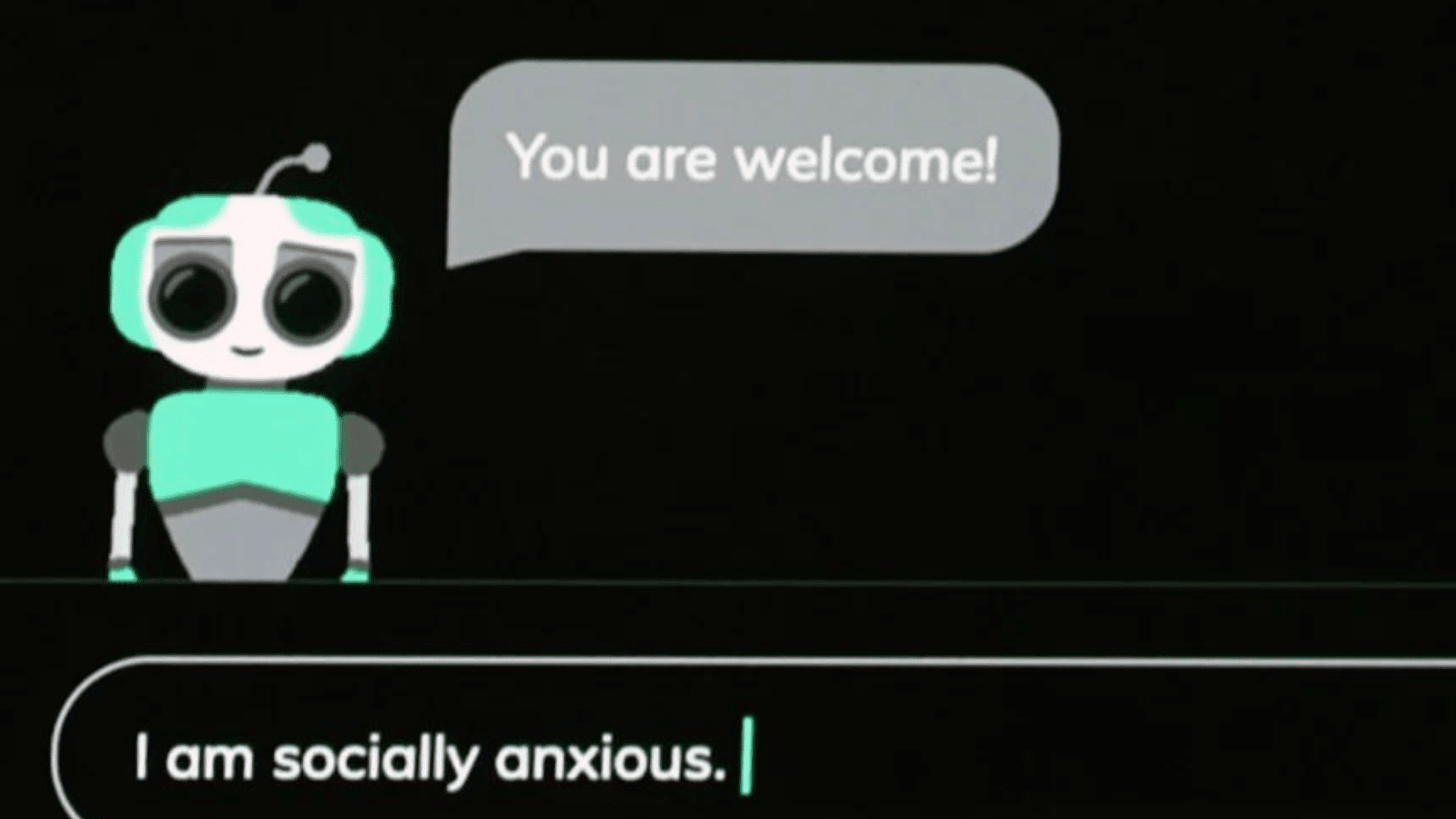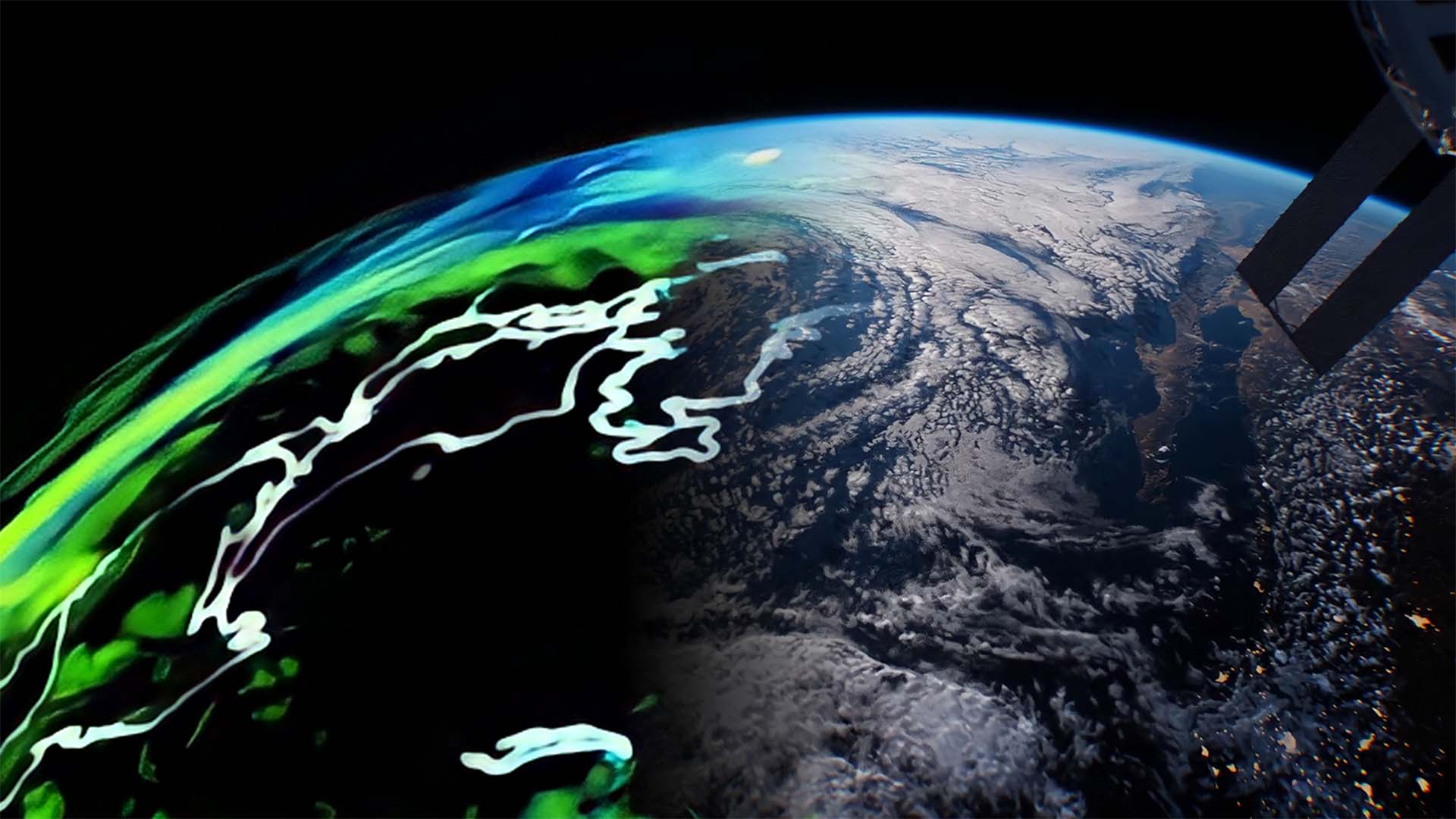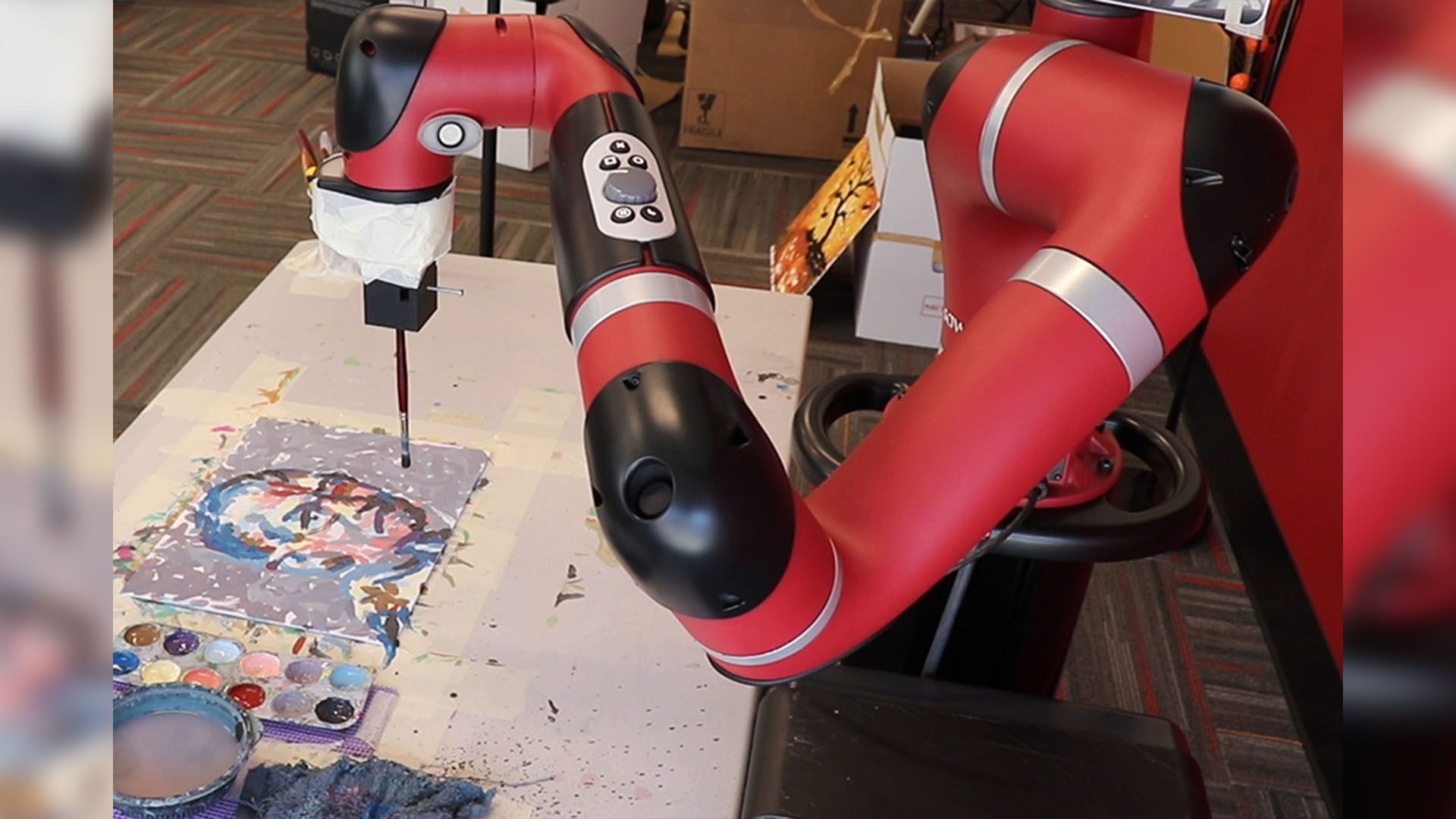AI helped identify more than 1,000 new solar system objects from old Hubble Space Telescope images spanning two decades. The AI model used to identify the new space rocks was trained by asteroid-hunting citizen scientists.
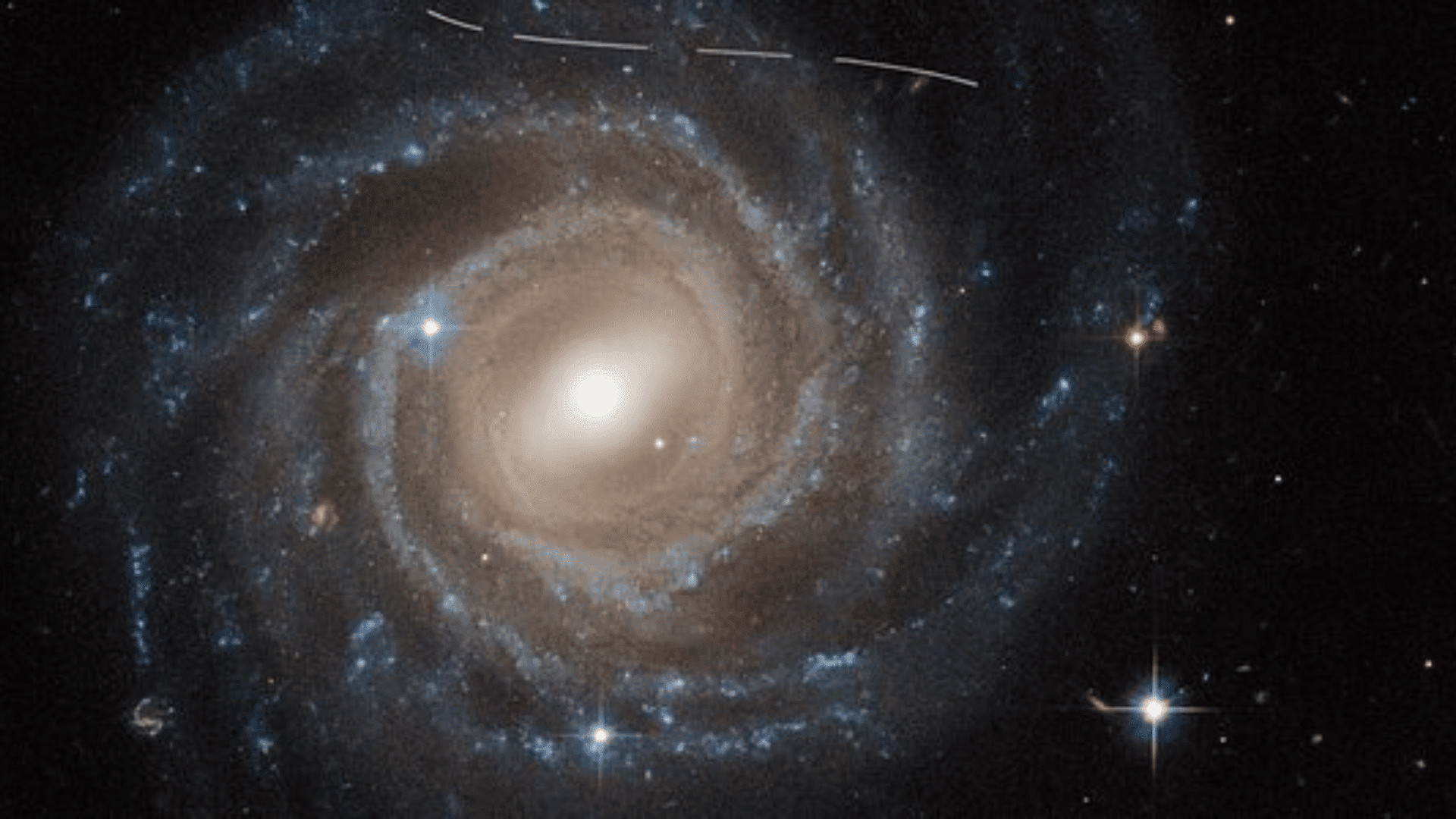
According to NASA, scientists have discovered more than 1.3 million space rocks in our cosmic neighborhood, most of which were found between Mars and Jupiter. There are likely millions waiting to be discovered, but they are likely small and, therefore, difficult to find.
Published in the journal Astronomy and Astrophysics, the new study highlights 1,031 previously uncategorized asteroids found from archival Hubble data. A group of volunteers known as “citizen scientists” trained the AI model to spot faint streaks of light left behind by the small space rocks.
The streak appearance of the asteroids in Hubble photos is a result of the telescope racing around Earth as it takes long-exposure images. The rocks would typically go unnoticed in these images because they are a million times fainter than the faintest stars, but the streaks are more noticeable and allow astronomers to gain insights about their relative size and orbital characteristics.
Explore Tomorrow's World from your inbox
Get the latest science, technology, and sustainability content delivered to your inbox.
I understand that by providing my email address, I agree to receive emails from Tomorrow's World Today. I understand that I may opt out of receiving such communications at any time.
“We were surprised to see such a large number of candidate objects,” study lead author Pablo García-Martín, a researcher at the Autonomous University of Madrid in Spain, said in a statement.
More than 11,000 citizen scientists have been reviewing images of the streaks since 2019 in a project known as Hubble Asteroid Hunter (HAH). Empowering citizen scientists in this way has helped astronomers who would otherwise have to comb through all of these images themselves.
For this study, researchers gave HAH members a group of Hubble images to review and then used those results to train an AI model to detect space rocks in the same manner. The AI model reviewed 37,000 Hubble images taken over a 19-year period and identified 1,701 candidates, with 1,031 that hadn’t been spotted before.
Not only are the asteroids themselves an exciting find, but their location is also noteworthy as it suggests that most of them belong to a single population within the asteroid belt. This supports the idea that the asteroids are fragments of larger asteroids that have collided and broken apart over billions of years.
“There was some hint that this population existed, but now we are confirming it,” García-Martín said. “This is important for providing insights into the evolutionary models of our solar system.”
Given how well the AI was able to identify the asteroids, astronomers are hoping to use similar methods to search through different types of archival datasets and discover more hidden space objects.



